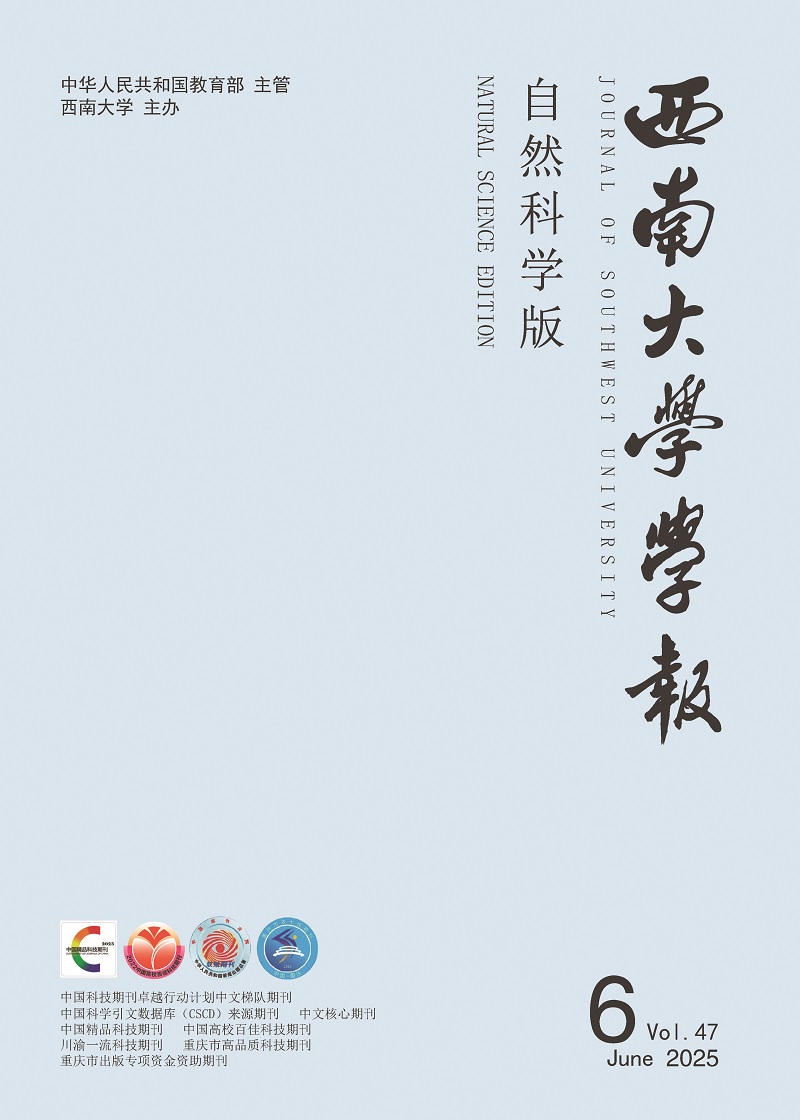-
多发性骨髓瘤(Multiple myeloma,MM)是一种克隆性浆细胞异常增殖的恶性疾病,发病率仅次于淋巴瘤,约占恶性肿瘤的1%[1]. 目前,各种治疗方案(如免疫疗法、自体造血干细胞移植、靶向药物等)层出不穷为MM患者提供了更多的治疗选择[2-3]. 尽管如此,MM仍无法达到完全治愈,绝大部分患者仍会因疾病进展、复发,最终导致治疗失败[4]. 大量研究证实炎症微环境与肿瘤的发生发展密切相关,炎症微环境中多种免疫细胞分泌大量细胞因子、趋化因子、生长因子等可以促进肿瘤细胞生长和增殖,从而导致肿瘤性疾病进展恶化[5]. 白介素32(interleukin 32,IL-32)呈现出促炎症因子的特性,能够促进MIP-2,TNF-α,IL-6等多种炎症因子分泌增加,从而导致"级联放大效应"[6-7]. 目前,已有文献报道IL-32在多种实体肿瘤如肝癌、肺癌、结肠癌等中呈高表达,被认为是这些疾病的独立不良预后因素[8-9],但在多发性骨髓瘤中相关研究甚少. 胱抑素-C(Cys-C)是半胱氨酸蛋白酶抑制家族成员,可直接或间接参与肿瘤生长、血管生成、肿瘤细胞转移等过程,有研究表明Cys-C与肿瘤负荷、疾病发展有关[10-11]. 生理代谢活跃的肿瘤细胞可分泌大量β2微球蛋白(β2-MG),β2-MG能够反映MM细胞增殖活性,研究表明它与MM肿瘤负荷、疾病进展有关[12-13]. 本研究通过比较MM患者不同ISS分期,以及化疗前后血清IL-32,Cys-C,β2-MG水平变化,探讨其与MM发生、发展的关系,旨在为临床工作寻找简单易操作,并且可靠的MM肿瘤负荷、病情分期、近期疗效的评价指标.
HTML
-
将2015年1月-2019年7月期间,成都市第一人民医院收治的初诊MM患者62例(MM组)纳入本研究. 其中男性38例、女性24例;年龄36~76岁,中位年龄59岁;IgG型34例,IgA型17例,IgD型2例,轻链型9例,所有病例诊断均符合《2017年中国多发性骨髓瘤诊治指南》的诊断标准[14]. 依据国际分期系统(ISS)进行分期[15],Ⅰ期11例、Ⅱ期19例、Ⅲ期32例. 纳入MM组患者排除慢性阻塞性肺病、乙型病毒性肝炎、类风湿关节炎等慢性炎性疾病,化疗前或化疗过程中出现感染者. MM组62例患者接受化疗,其中43例接受BD方案化疗:硼替佐米1.3 mg/m2,第1,4,8,11 d;地塞米松20 mg/d,第1~2,4~5,8~9,11~12 d,21 d为1个疗程. 另19例MM患者接受VAD方案化疗:长春新碱0.5 mg/d,第1~4 d;阿霉素10 mg/d,第1~4 d;地塞米松40 mg/d,第1~4,9~12,17~20 d,28 d为1个疗程. 经4个疗程化疗后进行疗效评估,参考2016年国际骨髓瘤工作组(IMWG)疗效标准[16],其中达完全缓解患者(CR)17例,非常好的部分缓解患者(VGPR)21例,部分缓解患者(PR)20例,疾病进展患者(PD)4例. 此外,选择年龄、性别相匹配的健康体检者28例(对照组),男性15例、女性13例,年龄38~72岁,中位年龄54岁. 本研究通过成都市第一人民医院医学伦理委员会批准,受试者签署同意书.
-
MM组患者采集标本时间为化疗前和化疗4个疗程后,对照组为体检当日采集. 分别采集两管空腹静脉外周血各5 mL(肝素抗凝),其中一管离心提取上层血清置于1.5 mL Eppendorf管中,-70 ℃保存用于IL-32水平测定. 另一管外周血置于全自动生化检测仪中(美国贝克曼库尔特公司)当日完成Cys-C,β2-MG水平测定.
-
采用ELISA法检测血清IL-32水平(上海酶联有限公司试剂盒),严格按照试剂盒说明书进行操作,操作步骤为:对应板孔中加入100 μL标准品工作液或血清标本,37 ℃孵育90 min,弃掉板内液体后,立即加入100 μL生物素化抗体工作液,37 ℃孵育60 min,弃掉板内液体,洗板3次,每孔加入100 μL HRP酶结合物工作液,37 ℃孵育30 min,弃掉板内液体,洗板5次,每孔加入90 μL底物溶液,37 ℃孵育约15 min,每孔加入50 μL终止液,最后在450 nm波长下读取OD值. 使用全自动生化检测仪免疫比浊法测定血清Cys-C,β2-MG水平.
-
所有数据均用SPSS 20.0软件处理. 所有数据呈正态分布,计量资料以x±s表示,两组间均数比较采用t检验,3组及3组以上组间均数比较采用one-way ANOVA,相关性分析采用Spearman进行分析. p<0.05为差异具有统计学意义.
1.1. 病例样本
1.2. 标本采集和制备
1.3. 检测方法
1.4. 统计学处理
-
MM组化疗前血清IL-32,Cys-C,β2-MG水平明显高于正常对照组,差异具有统计学意义(p<0.05)(表 1).
-
Ⅲ期MM患者血清IL-32,Cys-C,β2-MG水平高于Ⅰ期和Ⅱ期患者,差异具有统计学意义(p<0.05),Ⅱ期患者血清IL-32,β2-MG水平高于Ⅰ期患者,差异具有统计学意义(p<0.05),血清Cys-C水平差异无统计学意义(p>0.05)(表 2).
-
化疗前MM患者血清IL-32,Cys-C,β2-MG水平显著高于化疗后,差异具有统计学意义(p<0.05)(表 3).
-
部分缓解、疾病进展MM患者血清IL-32,Cys-C,β2-MG水平均高于完全缓解患者(p<0.05). 非常好的部分缓解患者血清β2-MG水平高于完全缓解患者(p<0.05),IL-32,Cys-C水平与完全缓解患者差异无统计学意义(p>0.05)(表 4).
-
采用Spearman进行相关性分析,发现初诊MM患者ISS分期与血清中IL-32,Cys-C,β2-MG水平均呈正相关(p<0.05),患者疾病分期越靠后,血清中IL-32,Cys-C,β2-MG水平越高. MM患者经化疗后疗效评估,疗效与血清IL-32,Cys-C,β2-MG水平均呈负相关(p<0.05),患者预后越差,血清中IL-32,Cys-C,β2-MG水平越高(表 5、表 6).
2.1. 化疗前MM组和对照组血清IL-32,Cys-C,β2-MG水平比较
2.2. 不同ISS分期MM组患者化疗前血清IL-32,Cys-C,β2-MG水平比较
2.3. MM组患者化疗前后血清中IL-32,Cys-C,β2-MG水平变化比较
2.4. 不同疗效MM患者血清IL-32,Cys-C,β2-MG水平比较
2.5. 血清IL-32,Cys-C,β2-MG水平与MM患者疾病分期、化疗后疗效的相关性分析
-
多发性骨髓瘤(Multiple myeloma,MM)是一种克隆性浆细胞异常增殖的恶性疾病,大量单克隆免疫球蛋白产生,导致终末器官损害,老年患者较多[17]. 炎症微环境与肿瘤发生、发展密切相关,在炎症微环境中的免疫细胞分泌大量细胞因子、趋化因子、生长因子,从而促进肿瘤细胞迅速生长和增殖,最终导致肿瘤进展恶化[5]. 约25%的肿瘤性疾病是由慢性炎症进展而成,在炎性微环境中炎性细胞作为重要的支持细胞保护并促进其生长,同时许多肿瘤从慢性炎症的病灶处演变而来,因此炎症和肿瘤有着紧密的联系[18]. IL-32最早在自然杀伤细胞(NK)细胞中发现,最初命名为NK-4 [19],主要由病原体和促炎细胞因子诱导产生,Monigatti等[20]首次报道了IL-32的促炎症因子特性. IL-32呈现促炎症因子特性,能够促进MIP-2,TNF-α,IL-6,IL-1β等多种炎症因子分泌增加,并起到"级联放大效应". 目前,已有大量文献报道IL-32在多种肿瘤如肝癌[8]、肺癌[9]、慢性淋巴细胞白血病[21]、结肠癌[22]、乳腺癌[23]、骨肉瘤等中高表达,被认为是这些肿瘤性疾病的独立不良预后因素.
本研究发现MM患者体内高表达IL-32,且经过化疗后血清中IL-32水平明显降低. 采用ELISA法检测初诊未治MM组和对照组血清IL-32水平,结果显示初诊未治MM患者化疗前血清IL-32水平明显高于正常对照组,且ISS分期与IL-32水平呈正相关,提示血清IL-32水平可以反映MM患者肿瘤负荷以及疾病的严重程度,与Wang等[24]、Zahoor等[25]的研究结果一致. 本研究还分别检测了MM组化疗前后IL-32水平变化情况,发现化疗后IL-32水平显著降低,化疗后进行疗效评估,得出化疗后完全缓解MM患者IL-32水平较部分缓解、疾病进展患者明显降低,提示血清IL-32水平可以作为临床监测评估MM患者化疗疗效的指标.
单一指标的检测很难准确反应疾病病理生理学行为方面的复杂性,因此联合检测现已成为共识. β2-MG是由机体有核细胞合成和分泌的分子量较低的蛋白,生理代谢过程活跃的肿瘤细胞可分泌大量β2-MG,已有大量研究证实它能够反映MM细胞的增殖活性,是MM肿瘤负荷、疾病分期、预后评估公认的可靠指标[26],也是公认的MM国际分期系统(ISS)的重要指标之一. Cys-C是半胱氨酸蛋白酶抑制家族成员,能够抑制细胞内外半胱氨酸蛋白酶,直接或间接参与肿瘤生长、血管生成、肿瘤细胞转移等过程[27-28]. 因此,本研究与IL-32同期监测了β2-MG,Cys-C血清水平变化,发现血清β2-MG,Cys-C水平变化趋势与IL-32水平变化一致,并进行了相关性分析,发现血清IL-32,Cys-C,β2-MG水平与MM患者肿瘤负荷、疾病分期呈正相关,与化疗后疗效呈负相关,提示IL-32,Cys-C和β2-MG一样,在评估MM肿瘤负荷、疾病分期和化疗疗效中有可靠的临床应用价值,这与张蕴玉等[29]、Gu等[10]的研究结果一致.
IL-32可能在MM发生、发展中发挥作用,血清IL-32,β2-MG和Cys-C水平不仅能够作为MM肿瘤负荷、疾病分期、进展程度的评价参考指标,还能够预估患者的临床近期疗效,服务于临床工作. 上述指标检测简单、快速、易操作,易于被临床采纳应用.






 DownLoad:
DownLoad: